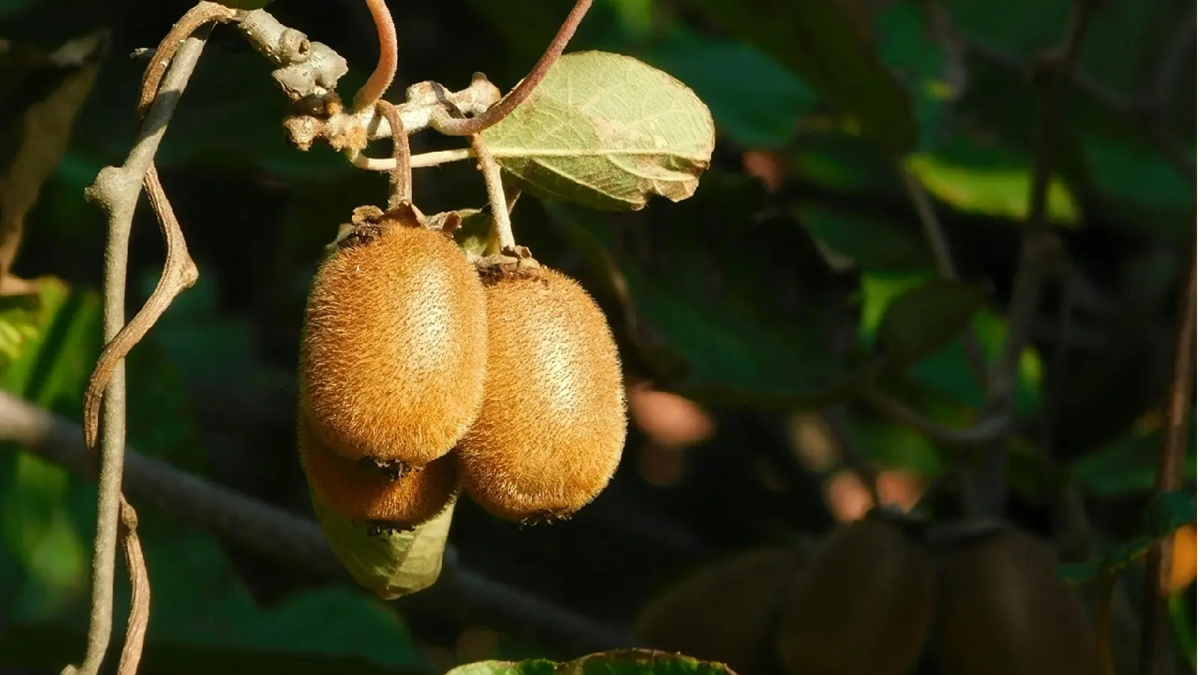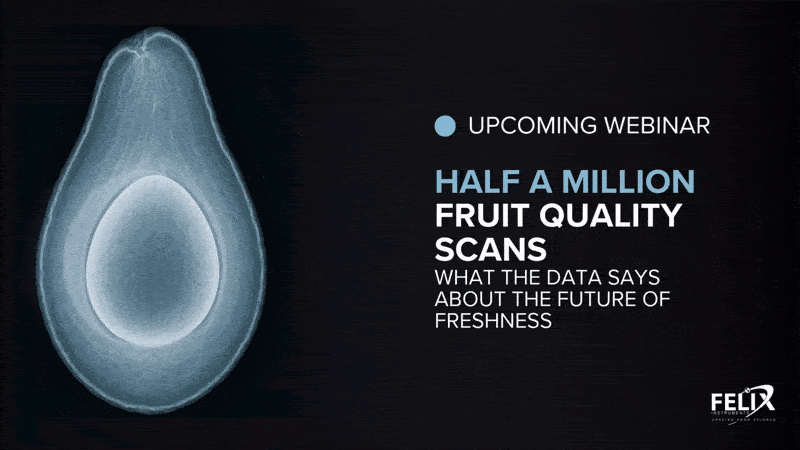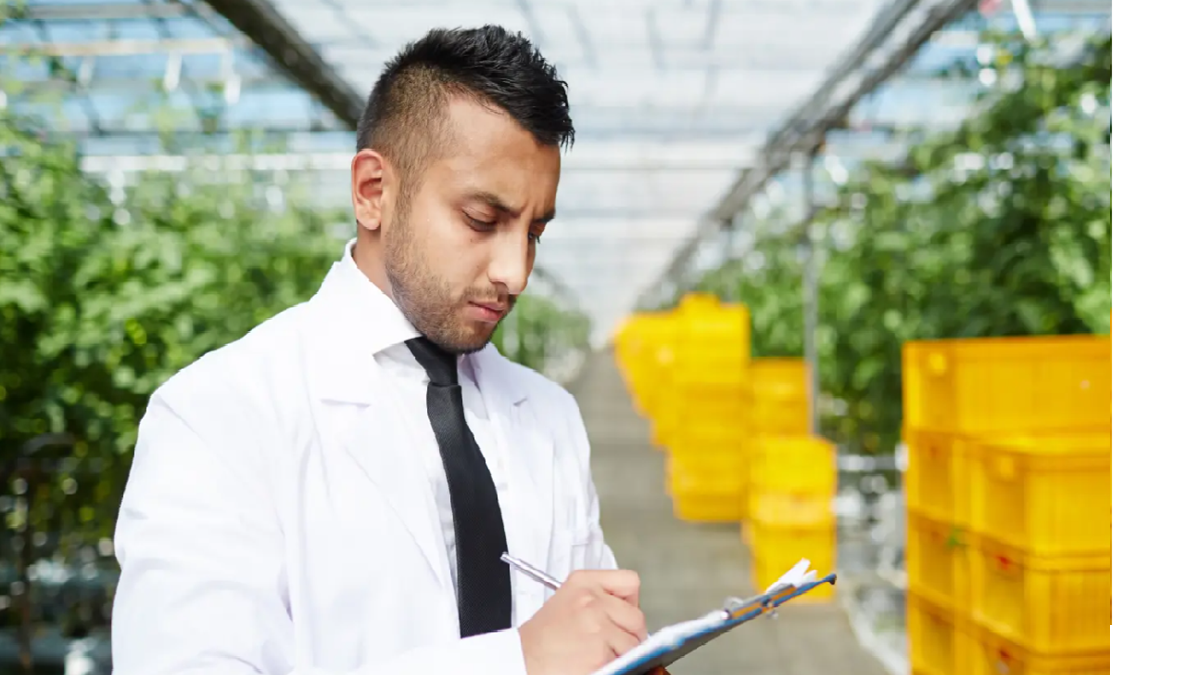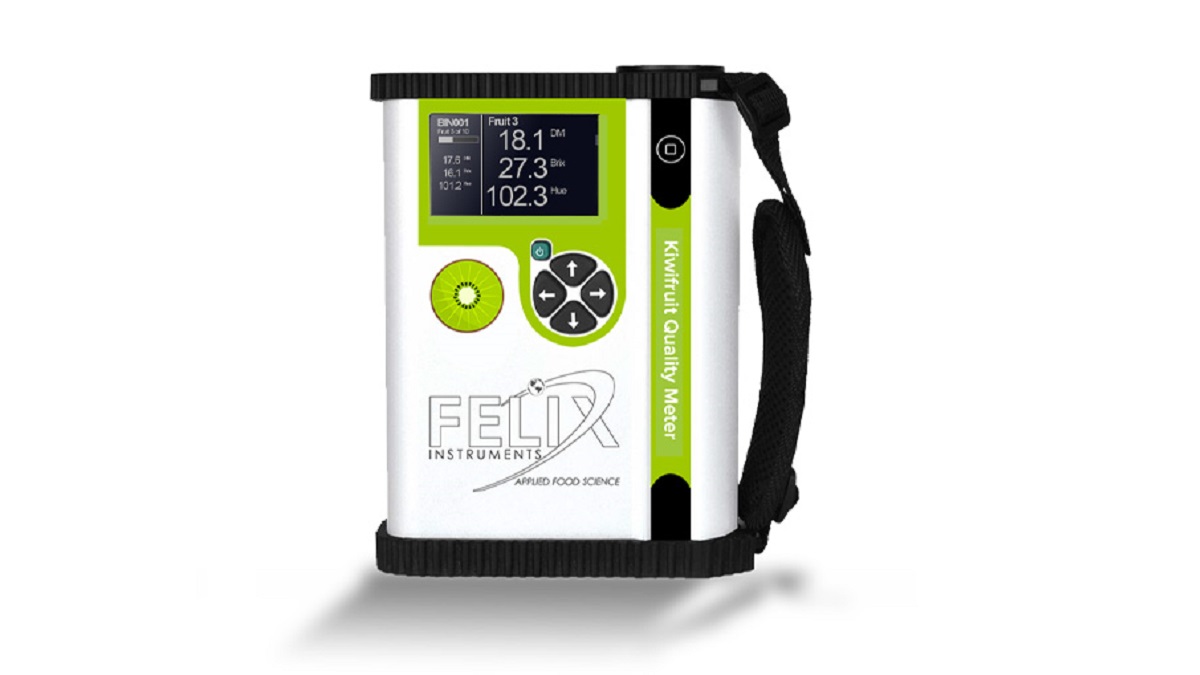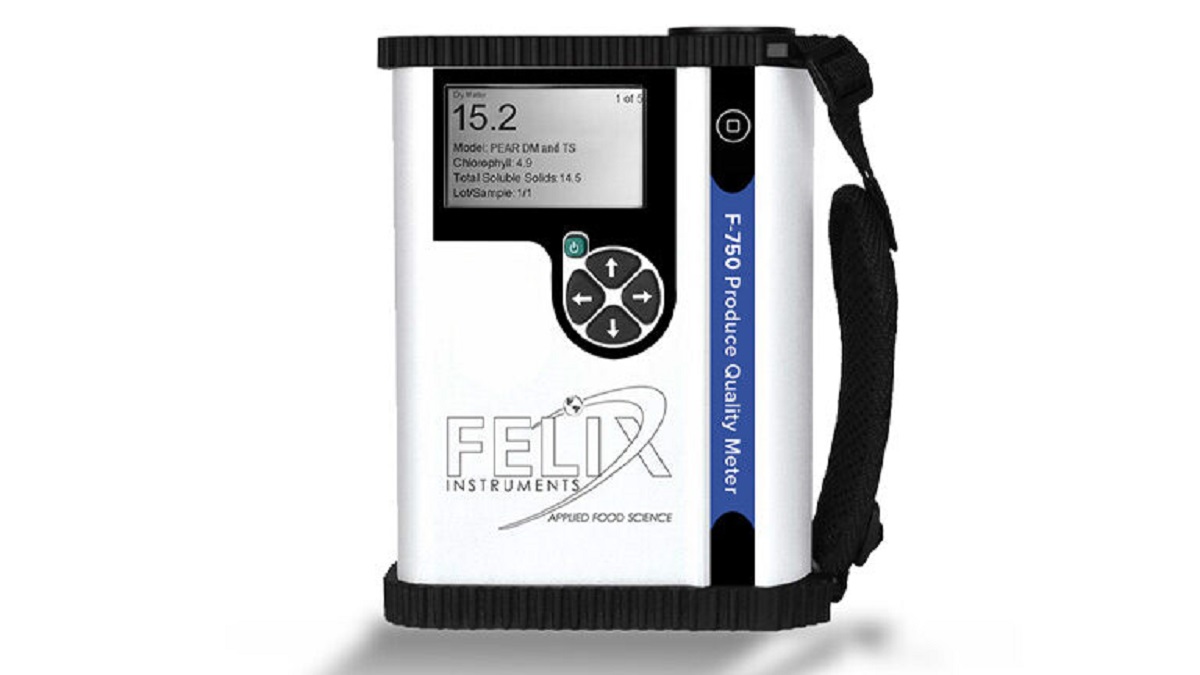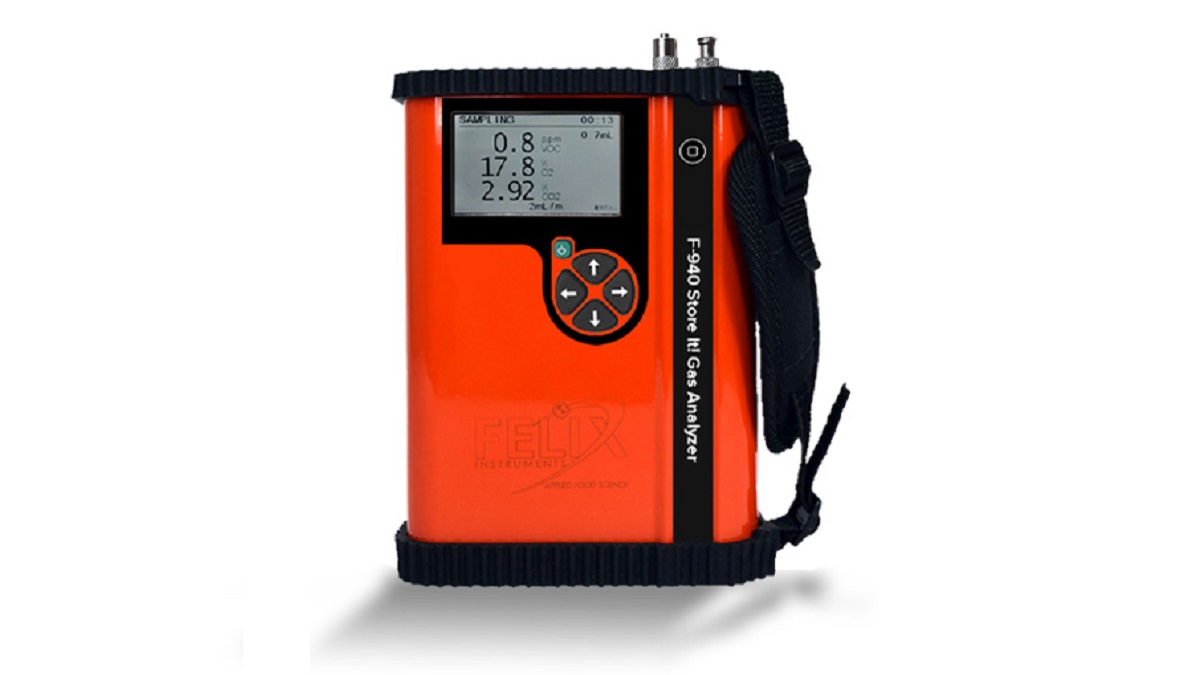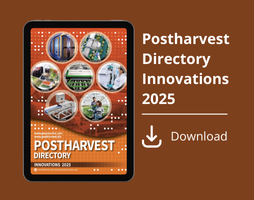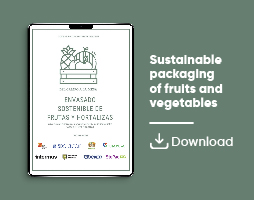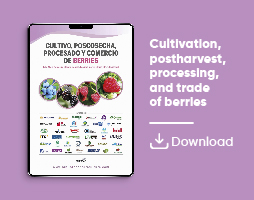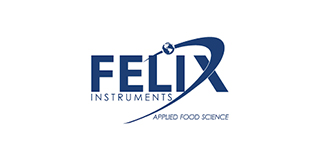

Felix Instruments
Measurements
What causes avocado quality problems and how to prevent them postharvest
Felix Instruments analiza las causas más comunes de los defectos poscosecha en aguacate y cómo prevenirlos mediante tecnologías no destructivas
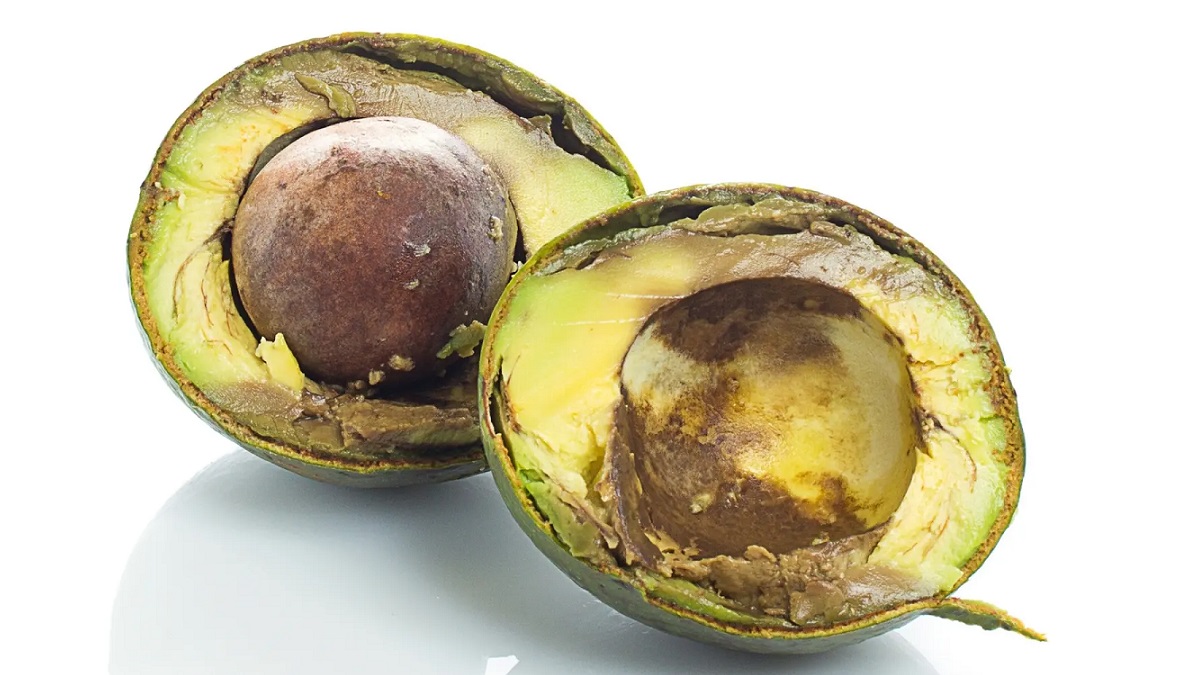
Avocados pose unique challenges due to their physiology and ripening behaviour. Unlike many other fruits, they do not ripen on the tree but only after harvest, once the so-called "tree factor" has been overcome. This delayed ripening process, combined with a short shelf life once ripe, makes avocados particularly sensitive to postharvest handling.
To prevent the common quality issues that arise—such as bruising, chilling injury or uneven ripening—it is crucial to monitor key parameters like maturity, temperature and storage conditions throughout the supply chain. Non-destructive solutions, such as those developed by Felix Instruments, allow for real-time assessment of internal quality, helping producers and distributors reduce losses and improve consistency from harvest to retail.
A global crop with growing demand—and high risk
Avocados are cultivated in tropical and subtropical regions including Mexico, Colombia, Peru, Kenya and the Dominican Republic. Their popularity continues to rise in markets like North America, Europe and Asia-Pacific, driven by both conventional and organic demand. In 2024, the global avocado market reached 15.5 billion dollars, with forecasts predicting a 9.7% compound annual growth rate (CAGR) through 2031.
Despite this growth, avocado supply chains remain vulnerable. The fruit is harvested mature but unripe and must be handled delicately across all stages—harvest, pre-cooling, storage, ripening and distribution. Any deviation in these phases can trigger a wide range of quality problems that affect both external appearance and internal condition.
Identifying the most common defects
Consumers tend to evaluate avocados primarily by their external appearance. However, some of the most critical quality issues are internal and only become apparent once the fruit begins to ripen.
External quality
Skin colour is one of the key visual cues used to assess ripeness and market readiness. Most ripe avocados turn dark green to nearly black, although this can vary depending on the cultivar, growing conditions and origin. Beyond colour, surface defects can significantly reduce the fruit’s commercial value.
The most common external defects include:
- Ridging: raised, linear patterns on the peel caused by environmental stress or insect activity during early development.
- Sunburn: hardened, cracked areas that affect the skin and the underlying flesh.
- Lenticel damage: small dark spots resulting from abrasion or dehydration during handling or cold storage.
- Chilling injury: sunken black lesions caused by exposure to excessively low temperatures, which may extend into the pulp.
- Scarring: superficial damage from pests or mechanical impact that affects appearance.
- Copper sulphate residue: visible chemical residues that are safe but often rejected by consumers.
While manual inspection is still used in smaller facilities, many larger operations now rely on non-destructive optical technologies to carry out fast, inline assessments and sort fruit more efficiently.
Internal quality
Many defects that affect internal quality develop or worsen during the ripening process. One of the most frequent is bruising, caused by impact during harvest or packaging, which becomes visible as the pulp softens and darkens. Diffuse discolouration or grey pulp may occur when fruit has been exposed to suboptimal storage conditions, such as chilling temperatures or incorrect gas composition, resulting in poor texture and flavour.
In some cases, uneven ripening can cause the flesh to adhere to the seed, particularly in immature fruit or when ripening conditions are not well controlled. Stem-end rot and vascular browning are also of concern, typically beginning at the stem and progressing through the vascular tissues, compromising both visual quality and shelf life.
Because these internal issues are not detectable by sight alone, the adoption of non-destructive quality assessment tools has become increasingly important for ensuring product consistency and minimising waste across the supply chain.
Ripening inconsistencies and how to prevent them
One of the most common complaints from retailers is inconsistency in ripening. Avocados within the same box or pallet can show different stages of firmness and colour, making stock management difficult. This is known as checkerboard ripening, and it often arises when fruits of different maturities or from different lots are packed together.
Other ripening issues include:
- Slow ripening: often caused by immature fruit or early ethylene exposure before the "tree factor" is overcome.
- Premature ripening: linked to delays in pre-cooling or high ethylene concentrations in storage.
- Softening without colour change: due to low dry matter content or poor ripening conditions.
- Poor flavour development: often a result of early harvest and low oil and dry matter levels.
- Short shelf life: caused by improper ripening timing or excessive temperature fluctuations during storage and distribution.
To reduce these issues, it is essential to harvest at the right stage of maturity, monitor dry matter content, maintain airflow in storage areas, and control temperature and ethylene levels during ripening.
The role of non-destructive technologies
Given the sensitivity of avocados to handling and environmental conditions, more producers and distributors are turning to tools like near-infrared (NIR) spectroscopy to monitor quality in real time.
Devices such as the F-751 Avocado Quality Meter allow stakeholders to measure dry matter accurately, assess internal condition without damaging the fruit, and sort batches more consistently. These tools also help identify internal defects like bruising or discolouration before they are visible, allowing for better planning and fewer rejected batches.
Such instruments are increasingly used not only in packing houses but also at farm level and in distribution centres, offering a practical, labour-saving solution to improve efficiency across the supply chain.
A complete approach to avocado quality
From field to shelf, maintaining avocado quality demands coordination across all stages of the supply chain. It is not enough to control ripening rooms or keep fruit cold—success depends on harvesting at the right time, minimising mechanical stress, and implementing early detection tools using reliable technology.
By incorporating non-destructive monitoring solutions like the F-751 Avocado Quality Meter from Felix Instruments, producers and suppliers can make data-driven decisions, reduce waste, and improve consistency across the entire chain. As demand continues to rise, adopting these tools will be key to ensuring product quality and safeguarding profitability in an increasingly competitive market.
Source: Felix Instruments


